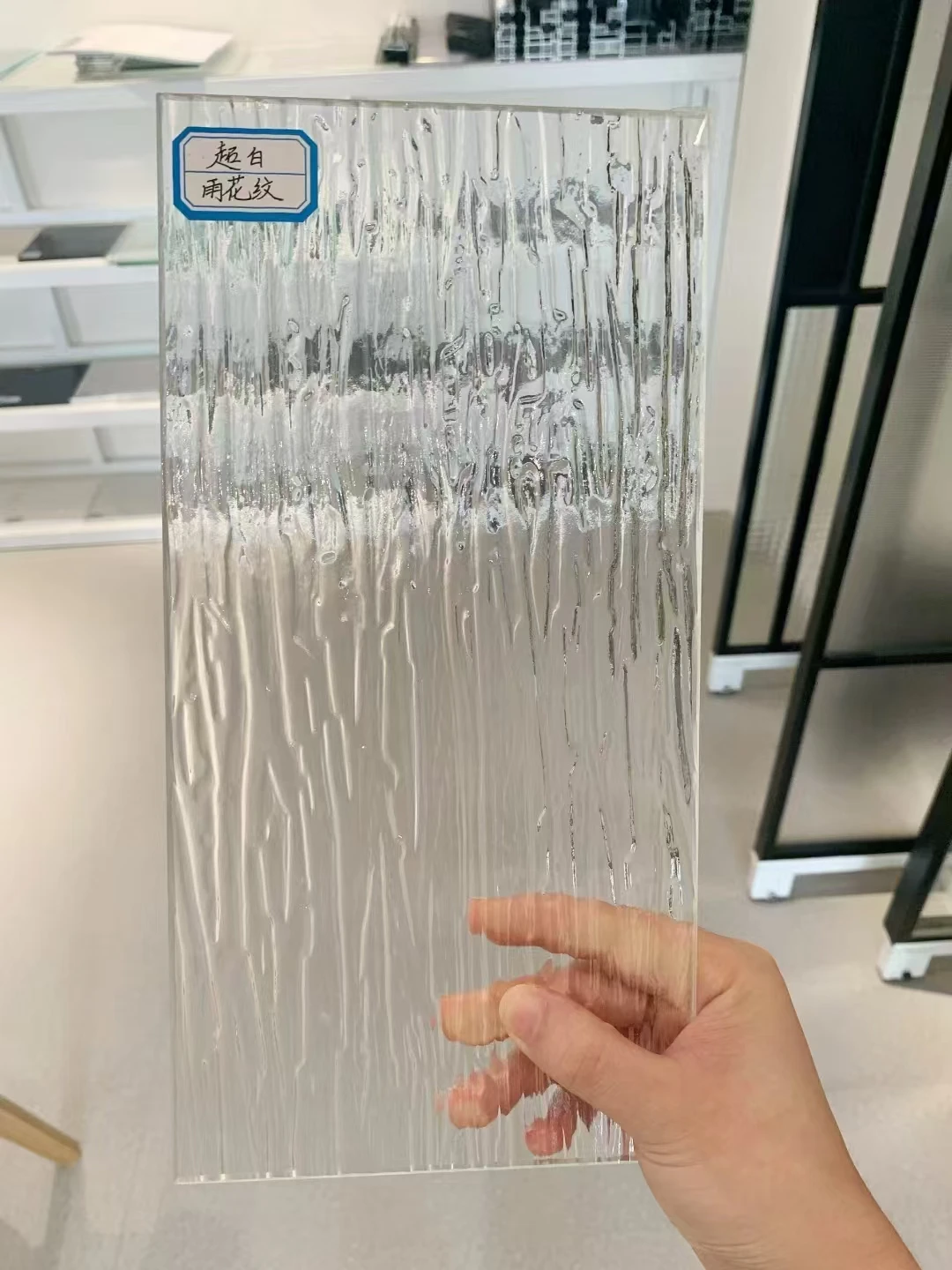ऑक्टोबर . 12, 2024 00:15
The Art and Function of Decorative Glazing
Decorative glazing is an ancient craft that seamlessly blends artistry with architectural functionality. This technique, involving the application of ornamental patterns, colors, and textures to glass, transforms simple structures into captivating works of art. From stained glass windows in Gothic cathedrals to modern glass facades, decorative glazing serves both aesthetic and practical purposes.
Historical Context
The history of decorative glazing dates back thousands of years. Ancient civilizations, including the Egyptians and Romans, used glass as a medium for both transparency and decoration. However, it was during the Middle Ages that stained glass gained prominence, particularly in cathedrals. These glass artworks told biblical stories, guided worshippers, and illuminated sacred spaces with vibrant colors. The intricate designs and symbolic representations captured the imagination and reverence of the community, cementing the role of decorative glazing in religious and public architecture.
As the Renaissance dawned, the art of decorative glazing evolved. Artists began experimenting with new techniques, such as painting and etching on glass, expanding the possibilities beyond just colored glass pieces. This period saw the integration of natural motifs and more complex scenes, enhancing the narrative potential of decorative glasswork. Buildings became more than just shelter; they became canvases for storytelling and expression.
Modern Applications
Today, decorative glazing has transcended its traditional roots, finding applications in various sectors including residential, commercial, and institutional designs. Modern architects and designers embrace decorative glazing to create unique visual identities for their projects. Techniques such as sandblasting, screen printing, and digital imaging allow for tailored designs that can match any aesthetic vision. This flexibility means that decorative glazing can be used in everything from private homes to high-rise office buildings, creating dynamic environments that inspire and engage.

One compelling aspect of decorative glazing is its ability to impact light. The interplay of light and color through glass can enchant a space, casting intricate shadows and reflections. This quality is particularly utilized in public buildings such as museums, libraries, and schools, where natural light is paramount to the atmosphere. Moreover, by selecting specific types of glass and treatments, designers can manipulate privacy and visibility, adding functional benefits to the artistic elements.
Sustainability and Innovation
In recent years, the focus on sustainability has influenced the decorative glazing industry. Designers are increasingly sourcing eco-friendly materials and techniques. Products such as recycled glass not only reduce environmental impact but also lend a unique aesthetic quality due to their varied textures and colors. Innovations in technology have further allowed for energy-efficient glazing options, providing insulation and reducing heat loss. This merges environmental responsibility with artistic expression, showing that beauty and sustainability can coexist.
The Future of Decorative Glazing
Looking forward, the future of decorative glazing appears bright, driven by technological advancements and a growing appreciation for craftsmanship. The integration of smart technologies into glass allows for dynamic designs that can change according to environmental conditions or user preferences. Glass that adjusts to sunlight, incorporates digital displays, or even responds to sound are becoming increasingly viable, opening up new realms of creativity.
Moreover, as architects and designers continue to explore the potentials of decorative glazing, there is a renewed interest in traditional techniques. Workshops and mentorship programs are being established to preserve the craftsmanship of stained glass artists and other specializations, ensuring these skills are passed down to future generations.
In conclusion, decorative glazing is more than an artistic endeavor; it is a significant element of architectural design that enriches our built environment. With its historic roots and modern innovations, decorative glazing continues to captivate and inspire, inviting us to appreciate the beauty that glass can bring to our lives. As this art form evolves, it will undoubtedly play an integral role in shaping the aesthetics and experiences of tomorrow’s spaces.
The Role of Mirror Glass in Luxury Interior Design
NewsJun.23,2025
The Best Textured Glass for Bathroom Windows
NewsJun.23,2025
Residential Glazing Energy Efficiency Requirements
NewsJun.23,2025
Float Glass Uses
NewsJun.23,2025
Clear Float Glass For Solar Panel Covers
NewsJun.23,2025
Benefits Of Using A Glass Mouse Pad Over Traditional Ones
NewsJun.23,2025